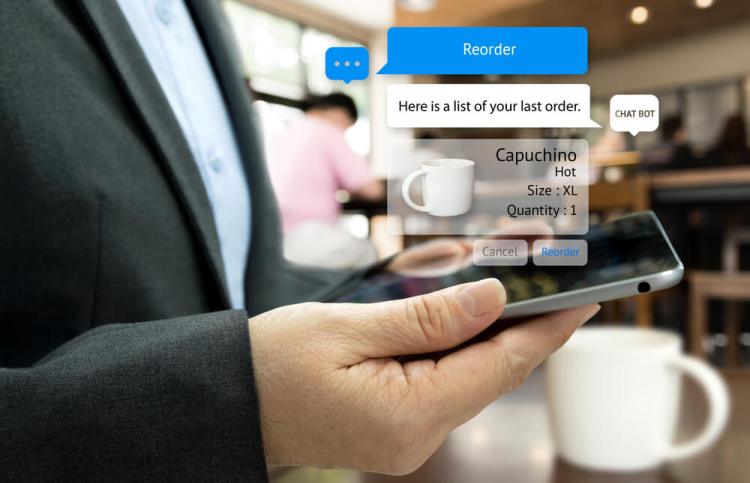Right now is a prime time to launch a chatbot. There are a handful of good bots, but just as with the saturated app market, plenty of bots feel rushed, are poorly maintained, and just don’t seem to follow basic standards of a conversational interface. Here are a few problems that plague chatbots today, and a few ideas on how to solve them.
1. They don’t solve a problem
The first step is always solving a problem, right? Believe it or not, not everyone really thinks about how to solve a problem — they just want the most minimal way to provide a bot in the fastest way possible to cash in on the hype. Instead of doing that, focus on how you can solve a problem better than anyone else and offer a good solution.
You could rush it, but good luck getting a loyal user base if you’re not really solving anything. Make sure the bot’s focus and goals are clear and it does something to speed up a known process. Do some research, hustle, and make it happen. Take time and build something to last, not something that will be only used for a day and then lost in obscurity. Make people want to remember to use your bot.
2. They overcomplicate a solution
This one has to do a little bit with what was mentioned above. Once you have a concept down and you’re ready to execute it, you need to focus on how you’re going to tackle the solution in the best possible way. Some chatbots aim replace apps and create a better experience, but what would a person rather use: an app or website that takes 3 steps to order pizza, or a bot that takes 17 steps?
Don’t overcomplicate the solution once you have it; work on every possible way to optimize the bot experience to really improve upon its app counterparts. And don’t forgot the best practices of conversational UI/UX while you’re at it.
3. They don’t fully utilize the platform
Messaging apps are all about building the best tools for chatbots with new features, new ways to keep their platform open, and new ways to help developers. These are most apparent in Facebook Messenger, Kik, and Telegram. So what to do with all these resources? Use them!
Did you know with Facebook Messenger you can easily show your location? Bots can use that in a big way, rather than having to ask users to type where they are. I’ve tried a few bots that seemed to forget which platform they’re on, so here I am sitting typing every action and trying different ways to make the bot do something faster, but it’s not possible. Just remember when building a bot, you’re trying to make things less frustrating.
Unless you’re building for text input, use buttons, location sharing, and whatever else you can to make the experience more fluid. This will dramatically help your chatbot performance overall, plus it will keep your users coming back, which is already a challenge for many chatbots. Work with what you have and make it awesome. Utilizing a platform, at the end of the day, really helps you build a solid tool that allows a better and less complicated solution.
4. They skipped user testing
This one seems like common sense, but I’ve definitely seen some otherwise cool bots that appear to have overlooked this step. Work hard to find users, send them a copy of your bot, and get all the feedback you can. Building and launching is no easy process for websites and apps, and you shouldn’t take it lightly when building a chatbot either.
Make sure to have questions prepared, as a few users might not have much unprompted feedback, but asking the right questions can help you tease out insights. My recommendation is, as with apps and web apps, plan a beta test and get a sizable user group, depending on the size and scale of the chatbot you’re looking to build.
VentureBeat's mission is to be a digital town square for technical decision-makers to gain knowledge about transformative enterprise technology and transact. Learn More

